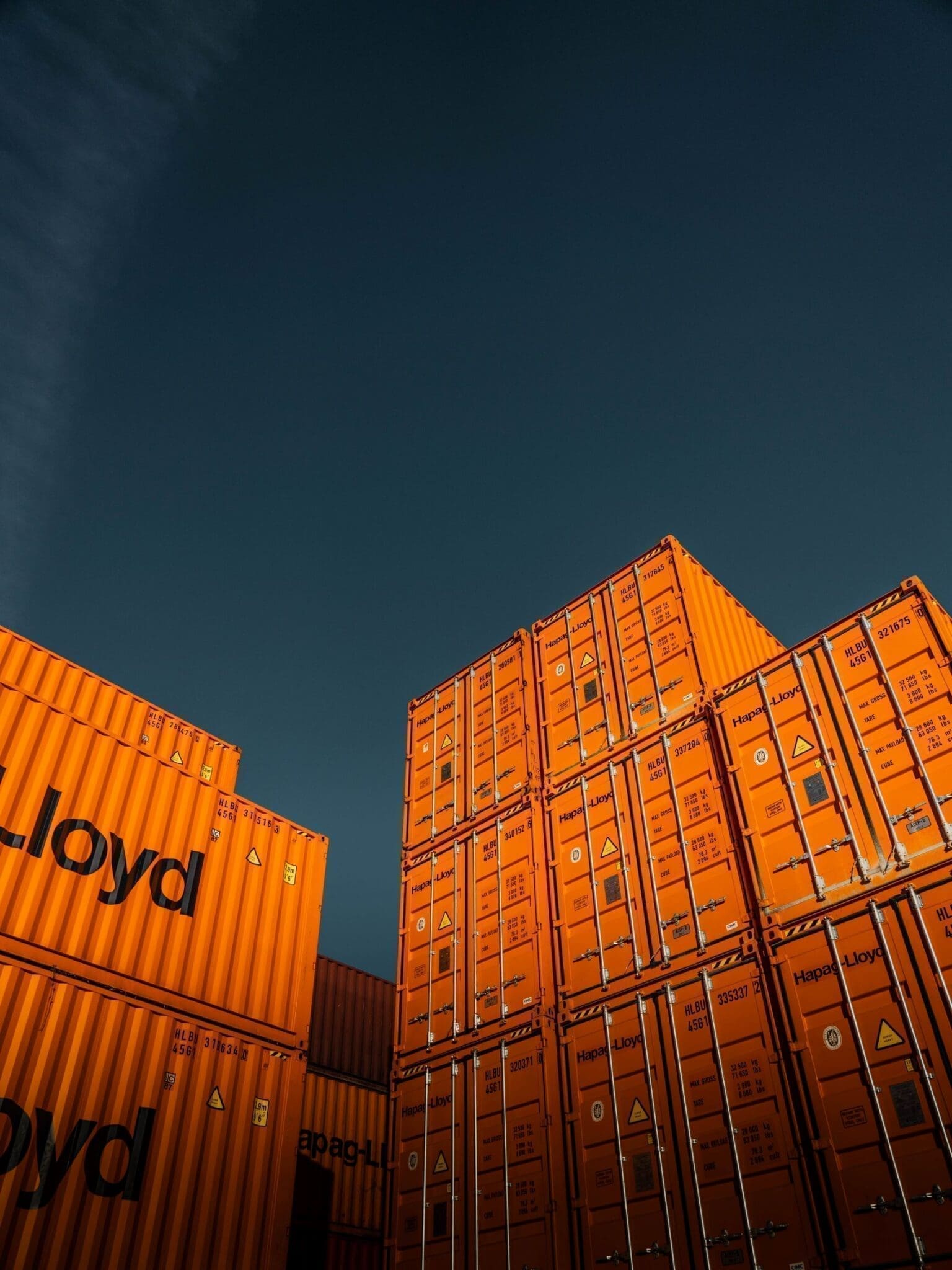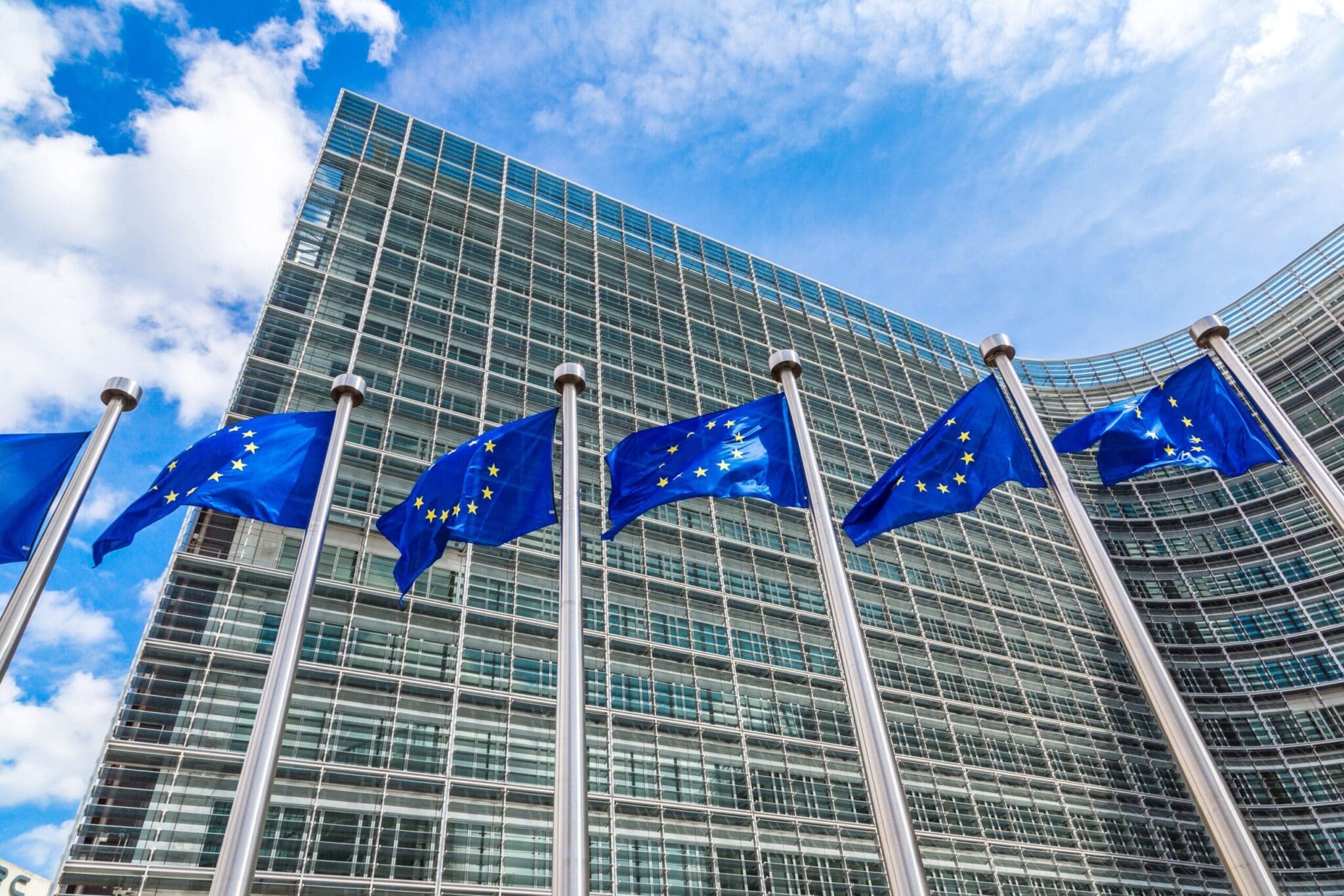The world’s biggest companies are increasingly finding themselves caught up in a metaphorical regulatory net designed to reduce environmental and social impact across the supply chain. Here we look at the key best practice steps to achieving supply chain risk management and compliance.
Across the entire value chain, from finished product to the metals, minerals and other raw materials that are required to make them, companies are increasingly being asked to demonstrate a clear understanding of the impact they are having on people and the planet. What is being referred to as the “Just Transition” shines a light on the UN’s wider Goals for Sustainable Development such as reduced inequalities, decent work and economic growth, climate action and good health and well-being.
To support those goals, organisations around the world are increasingly finding themselves being swept up in a metaphorical ESG regulatory net – such as Australia’s Modern Slavery Act, Canada’s Bill S-211, Germany’s Lieferkettengesetz, Norway’s Apenhetsoven, India’s BRSR Core or the EU’s forthcoming Corporate Sustainability Due Diligence Directive. These regulations don’t just impact domestic markets, but international export markets too. For example: The Leiferkettengesetz in Germany applies to companies that import goods into Germany, regardless of where the company is based, if the imported goods are intended for sale or use in Germany. Since June 2022 the USA’s The Uyghur Forced Labor Prevention Act has worked to prevent goods potentially made with forced labor in the Xinjiang region of China from entering the US market and the EU Deforestation Regulations relate to derived products, likely to impact import of items like wind turbine blades, welding aprons/gloves and even car interiors.
Complying with new supply chain due diligence legislation can be a complex process – the structure and sheer scale of today’s supply chains mean that ESG issues and their causes can be extremely hard to identify. The data required goes far beyond regular operational boundaries making it very difficult to obtain and maintain. Even if you can capture information, how can companies be sure of the provenance and veracity of the data they are using or demonstrate the level of rigor necessary to meet the requirements of the different regulatory authorities across the world. And how do you keep up with those regulations as they evolve and expand over the coming months and years without specialist support?
The good news is that by following 7 key steps, companies can ensure they are as prepared as possible for meeting the requirements of global supply chain legislation and at the same time demonstrate supply chain due diligence best practice that is increasingly expected by their customers, investors and other stakeholder groups.
- Develop a Due Diligence Policy: Companies should develop a due diligence policy that outlines the processes and measures they will take to mitigate risks in their supply chains. This policy should be aligned with the requirements of the law and should be endorsed at the top level of an organisation prior to being communicated to all relevant stakeholders.
- Know Your Supply Chain: The first step is to understand your supply chain to identify potential ESG risks. This includes identifying high-risk products or suppliers and subcontractors and evaluating their adherence to international standards and regulations.
- Implement Due Diligence Measures: Companies should implement due diligence measures to dentify and mitigate risks in their supply chains. This includes conducting risk assessments and audits engaging with suppliers to ensure compliance and implementing risk mitigation measures where necessary.
- Monitor and Evaluate Performance: Companies should monitor and evaluate the performance of their due diligence measures to ensure that they are effective in mitigating risks in their supply chains. This includes tracking supplier performance and conducting regular risk assessments. Monitoring and performance evaluation should support continual improvement within the supply chain.
- Publish Annual Reports: Companies should publish an annual report on their supply chain due diligence activities. These reports should include a description of due diligence processes, identified risks, risk mitigation measures, supplier engagement, remedy measures, verification measures, grievance mechanisms, transparency, and management approach.
- Engage with Stakeholders: Companies should engage with stakeholders, including customers, investors, civil society organizations, and affected communities, to understand their concerns and expectations related to supply chain due diligence.
- Seek External Support: Companies can seek external support from supply chain risk experts, like Achilles, to ensure they understand what the law requires and provide the knowledge, experience, global scale and efficiencies required to achieve compliance in a cost-effective way.
Overall, supply chain due diligence and risk management is important because it helps to promote sustainable and responsible business practices, protect human rights and the environment, and create a more just and equitable global economy. It’s requires a broad approach to be truly effective. This should include developing due diligence processes, assessing the supply chain, implementing due diligence measures, monitoring and evaluating performance, publishing annual reports, engaging with stakeholders, and seeking external support where necessary.
To explore how Achilles can help you to achieve contact us to arrange a no obligation initial consultation.


